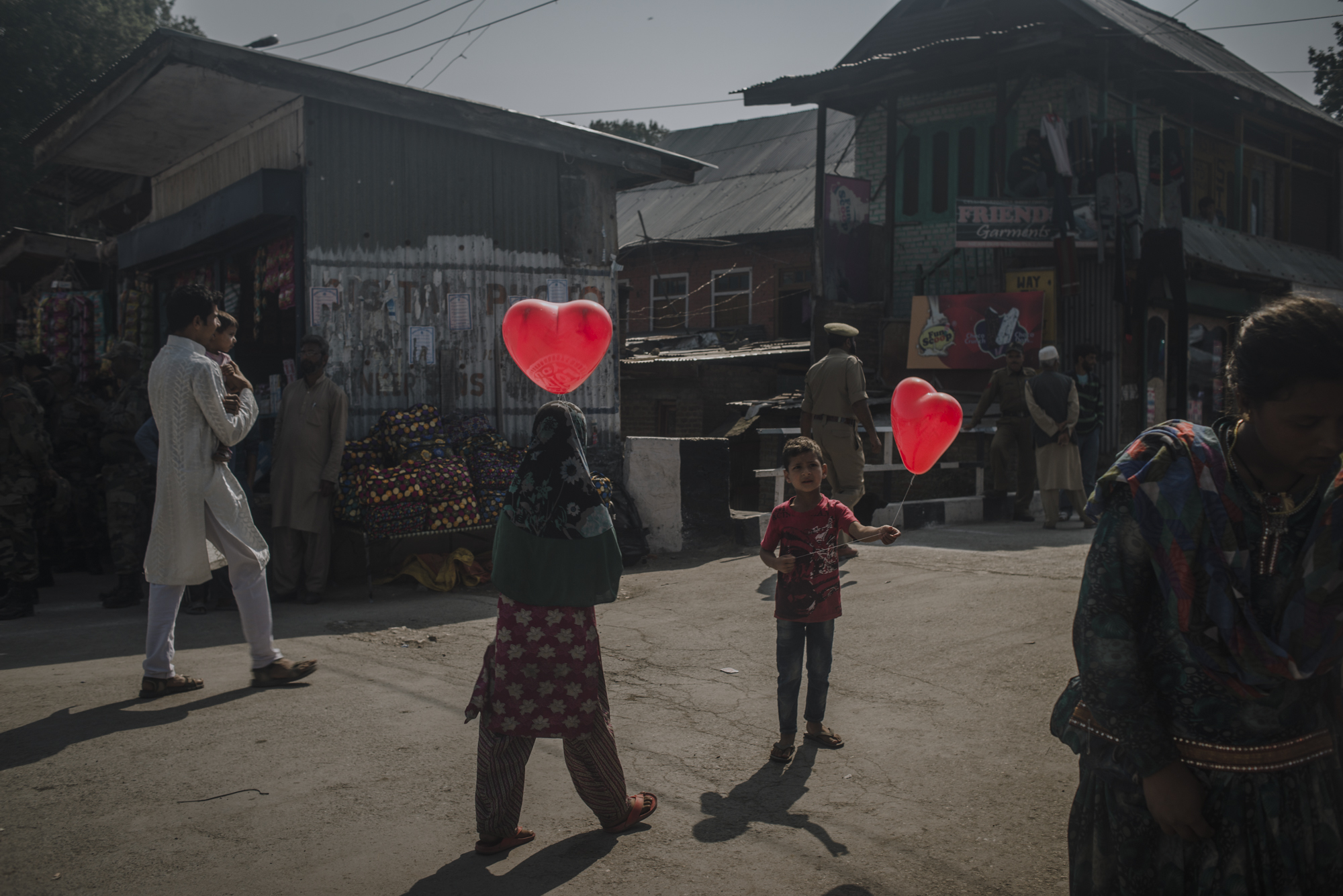
A new exhibition at New York’s Bronx Documentary Center tackles what seems to be more elusive by the day–positive storytelling that displays a kinder side of humanity in the face of intolerance.
Organized by the Magnum Foundation, the show brings together the work of nine of the foundation’s Human Rights Fellows: Santiago Arcos, Poulomi Basu, Xyza Cruz Bacani, Abbas Hajimohammadi, Eman Helal, Yuyang Liu, Manca Juvan, Anastasia Vlasova and Muyi Xiao–who were asked to find stories in their local communities that showed conflicting communities overcoming their differences.
According to the non-profit’s program coordinator Alexis Lambrou, the collective What Works came into fruition as a way to reflect today’s xenophobic attitudes, particularly after the Nov. 2015 Paris attacks. But the concept has been altered from its previous iterations where previously the fellows were simply asked to photograph what was going in their country, good or bad. “It’s our desire and our fellows’ desire to want to introduce more positive storytelling into the world that doesn’t always get as much attention,” Lambrou says. “We feel that it’s equally important to represent positive storytelling as well.”
The fellows attended a 10-day workshop at the CUNY Graduate School of Journalism in March where they worked with photojournalist Ed Kashi and visual journalist and CUNY professor Bob Sacha on refining their stories and adding multimedia elements. Supported by Fujifilm, who’s also a partner and sponsor of the exhibition, the fellows also received guidance from the Solutions Journalism Network, an independent, non-profit organization dedicated to producing solutions-based journalism. The guidance proved to be particularly helpful for some of the fellows who had never shot anything “positive” in the field. “It was actually my first time shooting a “happy” story,” photographer Santiago Arcos says. “Since I started thinking about taking photography as my career, I always had this idea in mind that a photographer documenting human struggle had to be in a war zone or revolution.”
Arcos spent time with inmates at the San Miguel Prison in Santiago, Chile, who regularly play with the first division of the Palestino Soccer Team. Equally as foreign as capturing something that shows a moment of happiness is the challenge of finding anything like that in their communities. “A lot of our fellows are working in places where a lot isn’t going well,” says Emma Raynes, director of programs at the Magnum Foundation. “Changing the lens to finding the moments where they’re observing positive social interactions, positive engagement among communities, it’s a challenge.”
Photographer Muyi Xiao spent time in Massachusetts with Mona Haydar and Sebastian Robins who started to run a “Talk to a Muslim” booth shortly after the Paris attacks and welcomed people to ask questions about Islam in an effort to combat Islamophobia. Xiao states that although she lacked experience doing positive storytelling, the project made her think about her role as a journalist. “The world is so connected together and we have to face those important issues from a global view instead of regarding them as separate local cases,” Xiao says. “When we put all these stories together, it really brings a much stronger power than reading them from different times in different places. I really hope people feel inspired by the stories and start to act.”
What Works is curated by the Magnum Foundation will run at the Bronx Documentary Center in the Bronx from November 10 through November 20.
Bianca Silva is a writer and contributor to TIME LightBox. Follow her on Twitter.
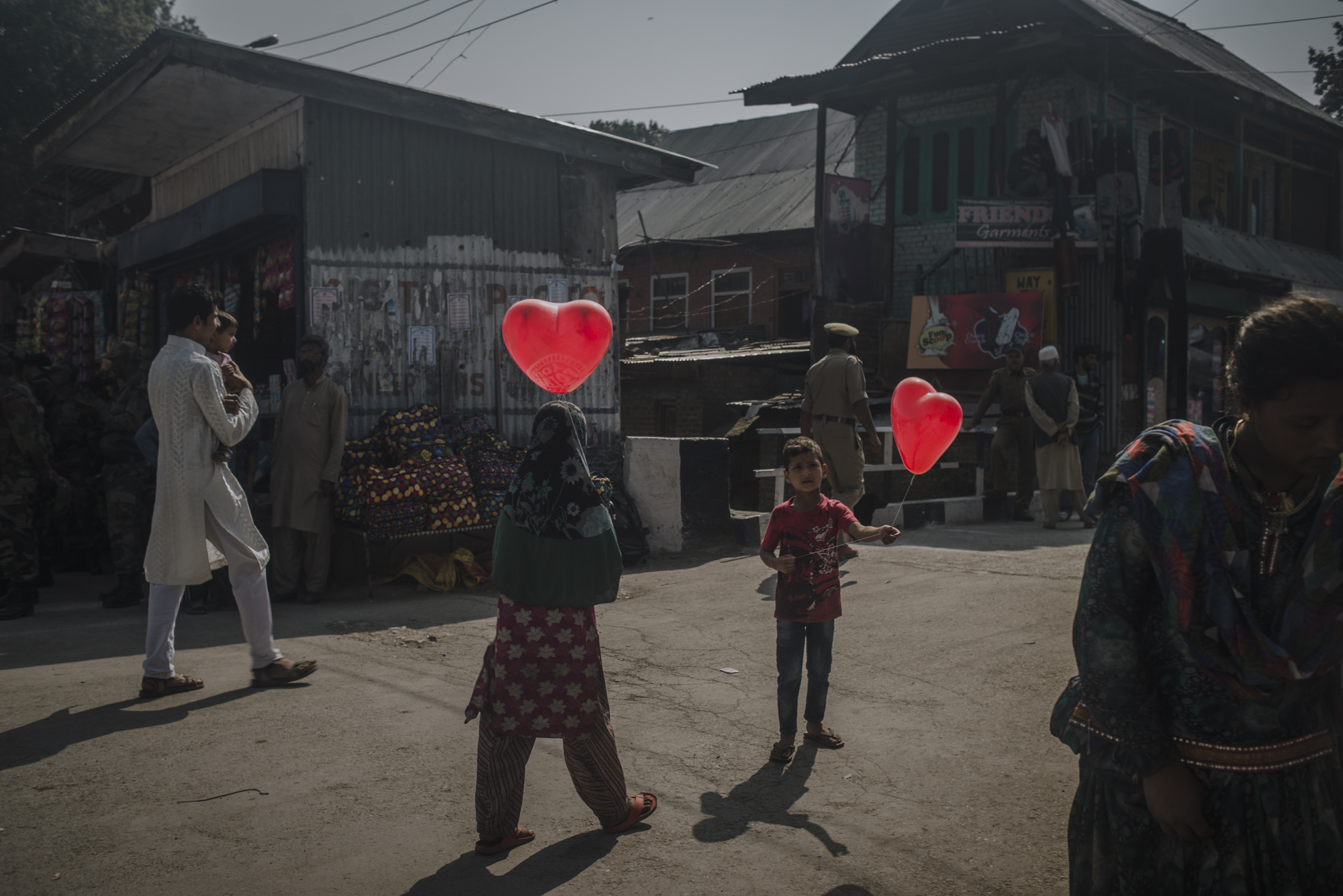

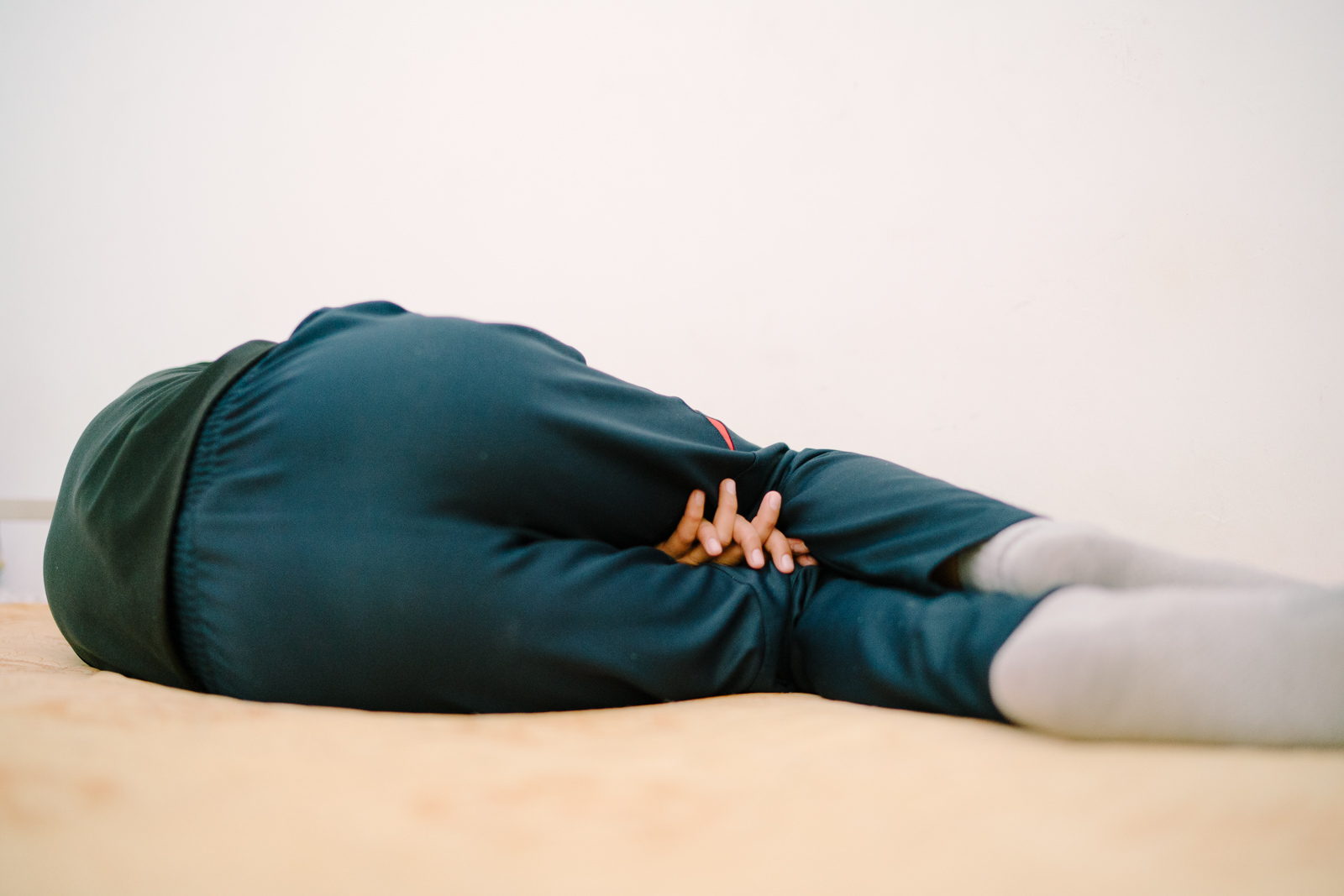


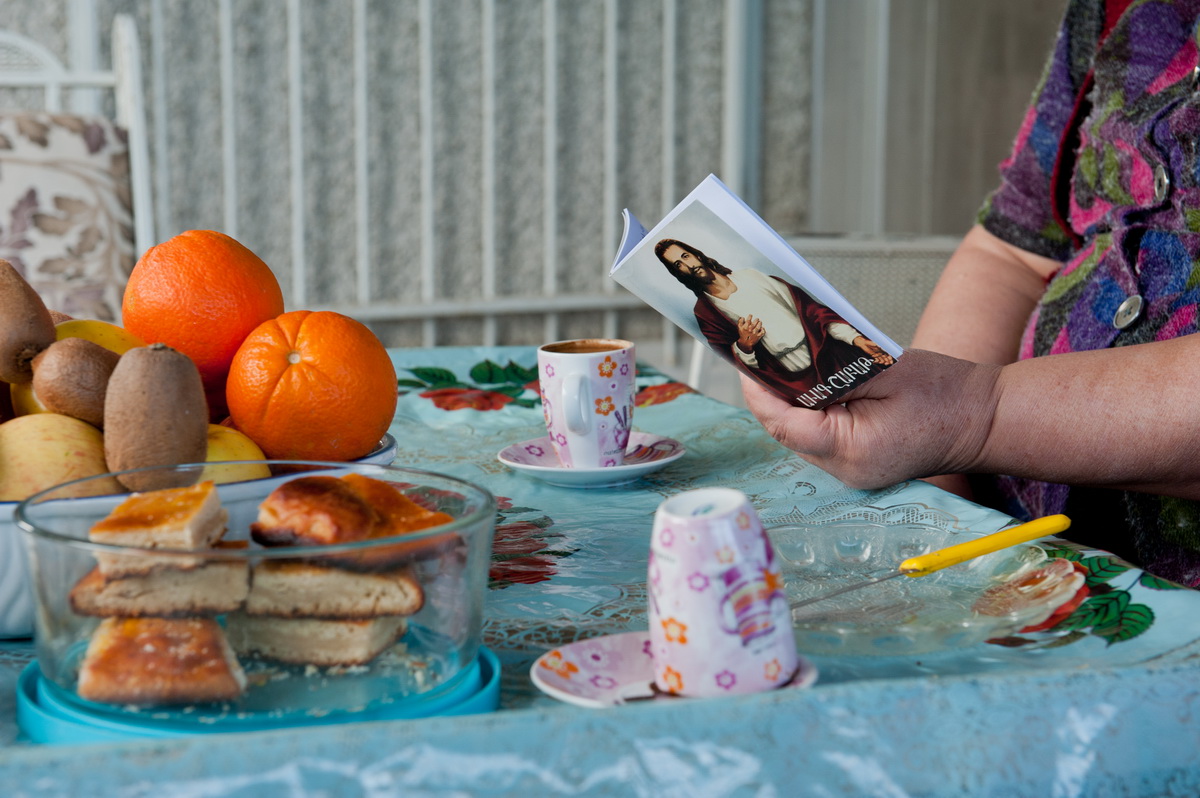
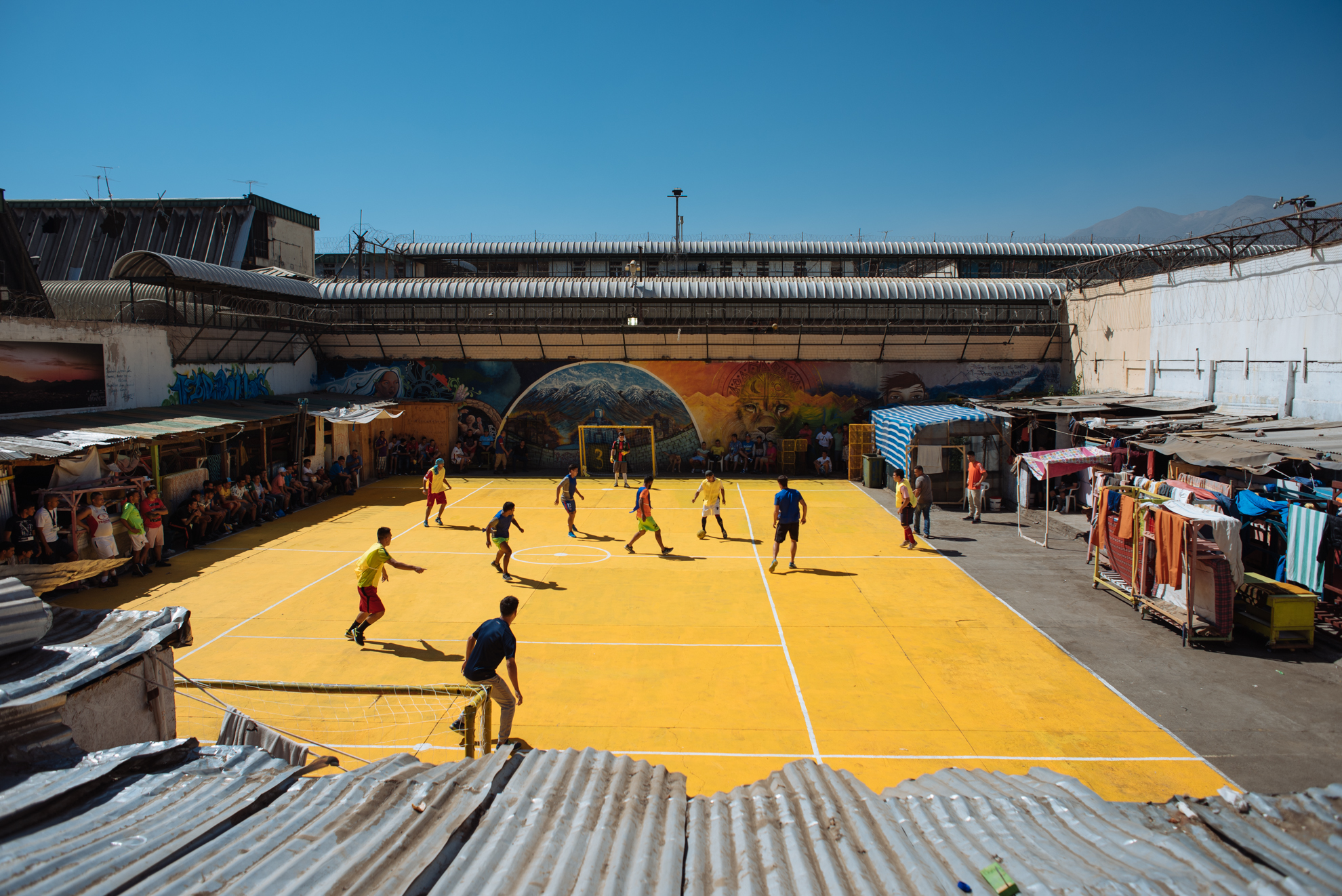
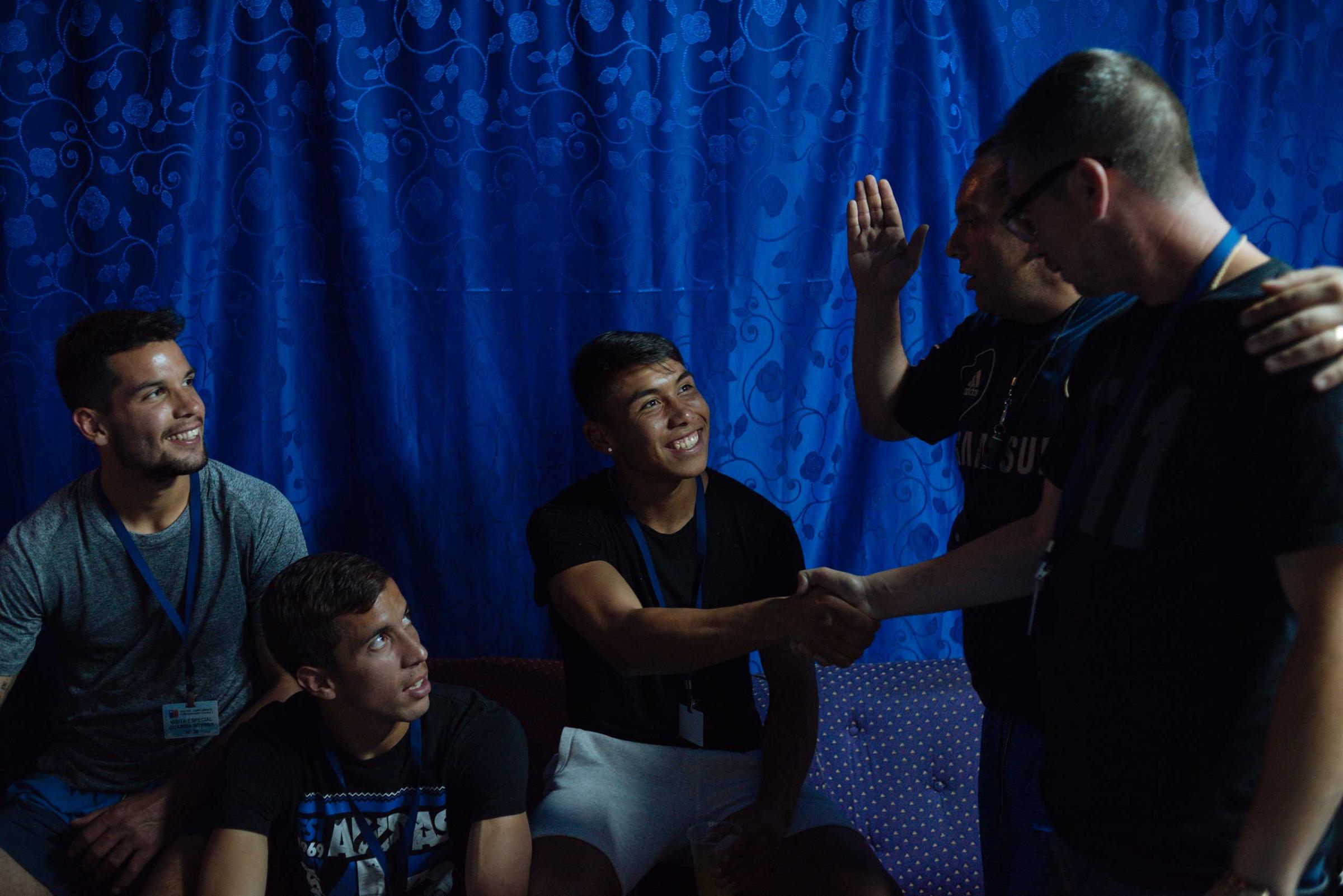
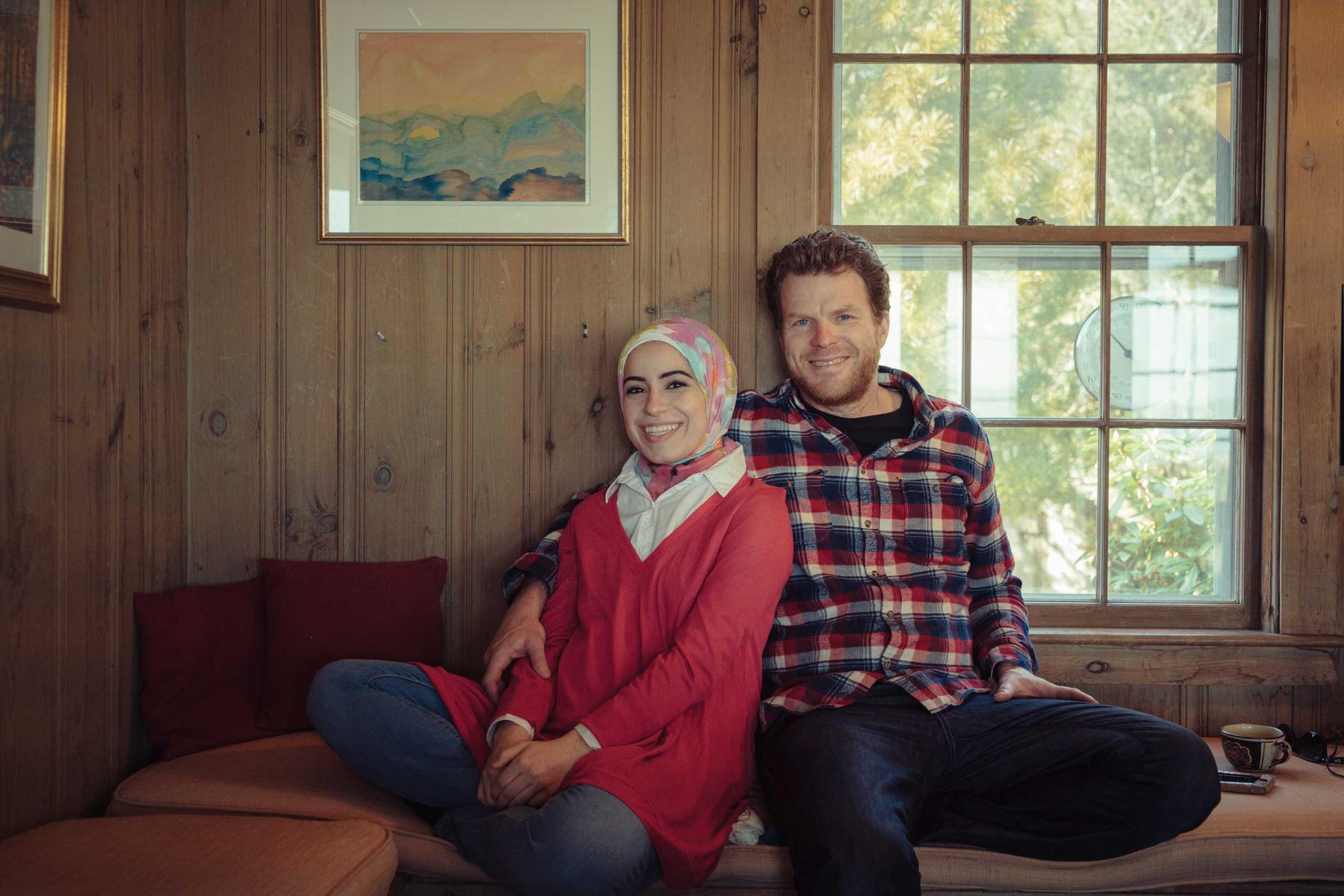



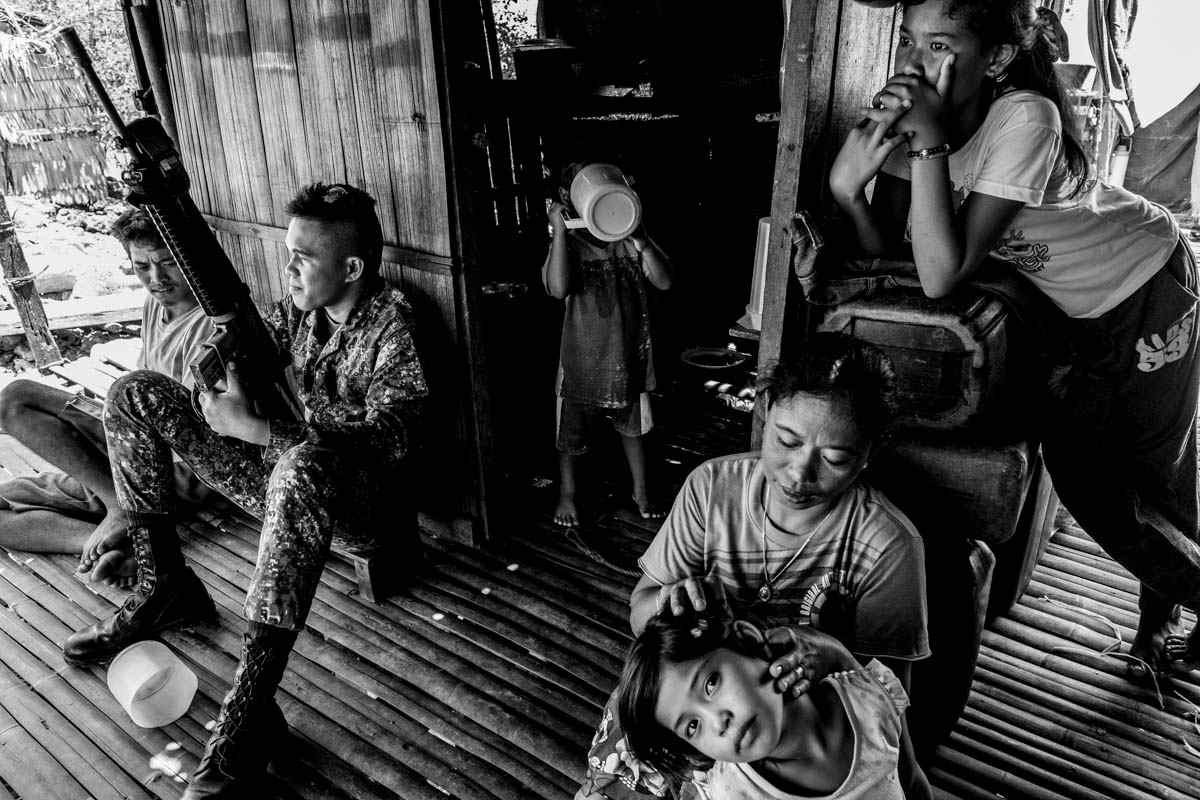

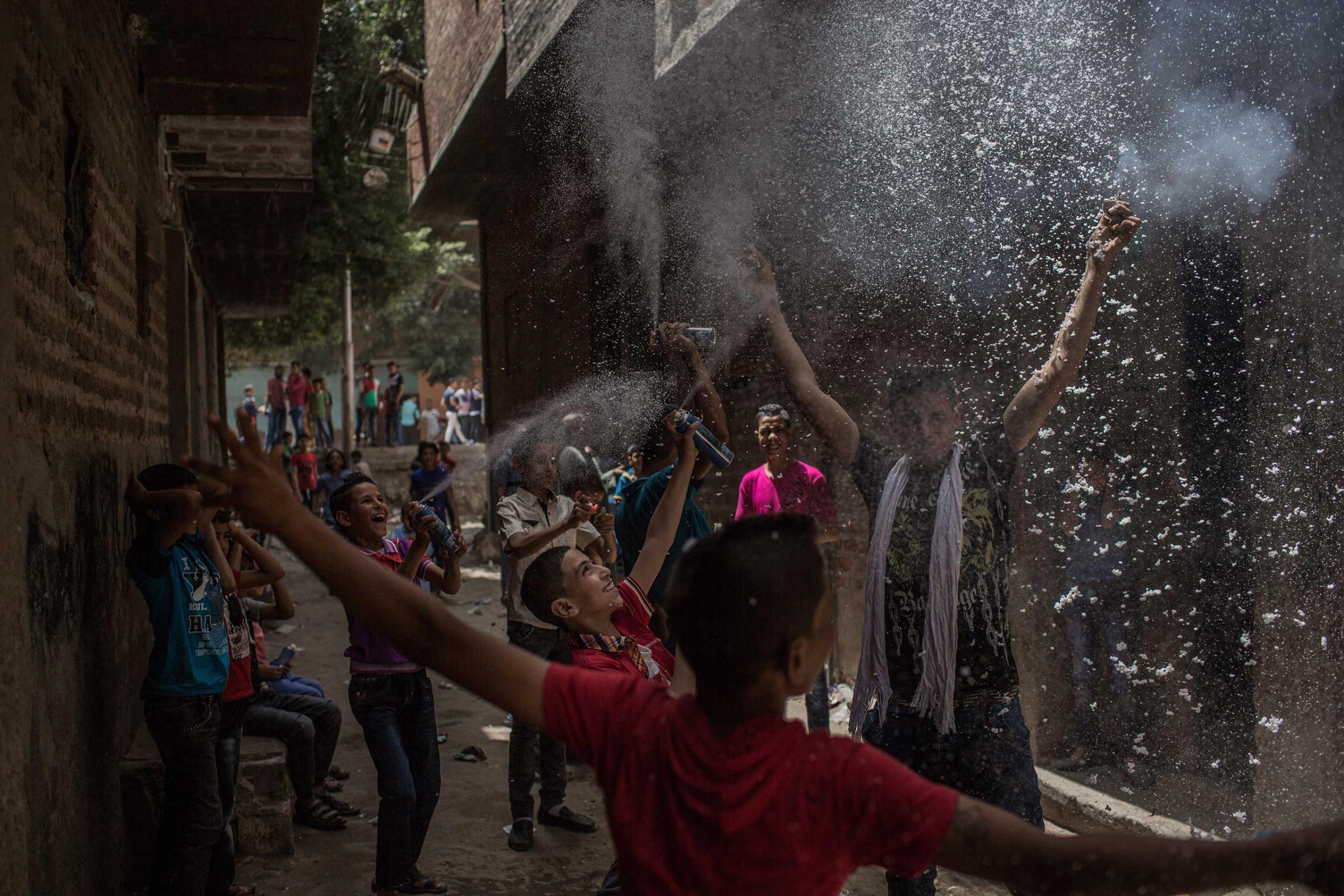

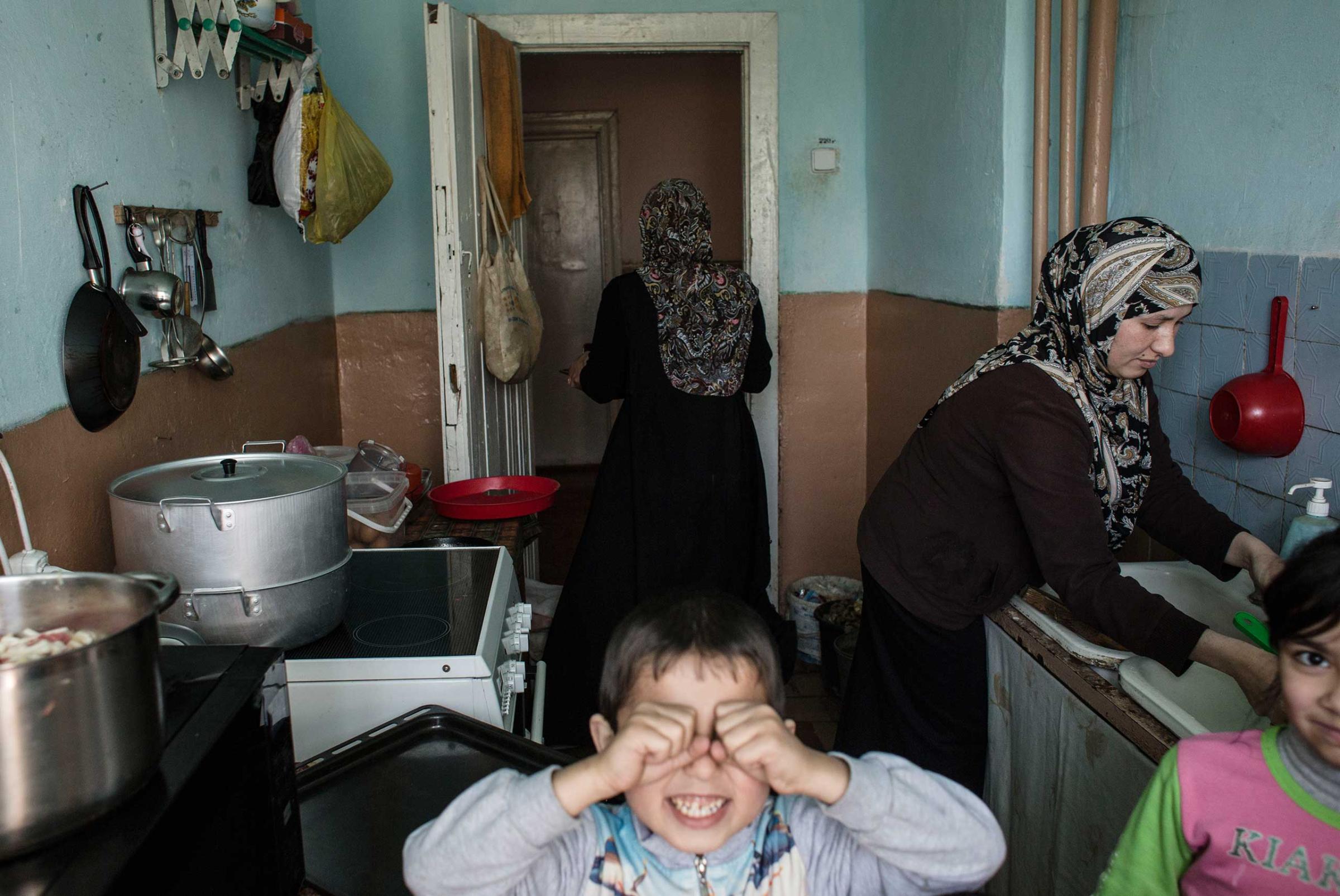

More Must-Reads From TIME
- The 100 Most Influential People of 2024
- Coco Gauff Is Playing for Herself Now
- Scenes From Pro-Palestinian Encampments Across U.S. Universities
- 6 Compliments That Land Every Time
- If You're Dating Right Now , You're Brave: Column
- The AI That Could Heal a Divided Internet
- Fallout Is a Brilliant Model for the Future of Video Game Adaptations
- Want Weekly Recs on What to Watch, Read, and More? Sign Up for Worth Your Time
Contact us at letters@time.com